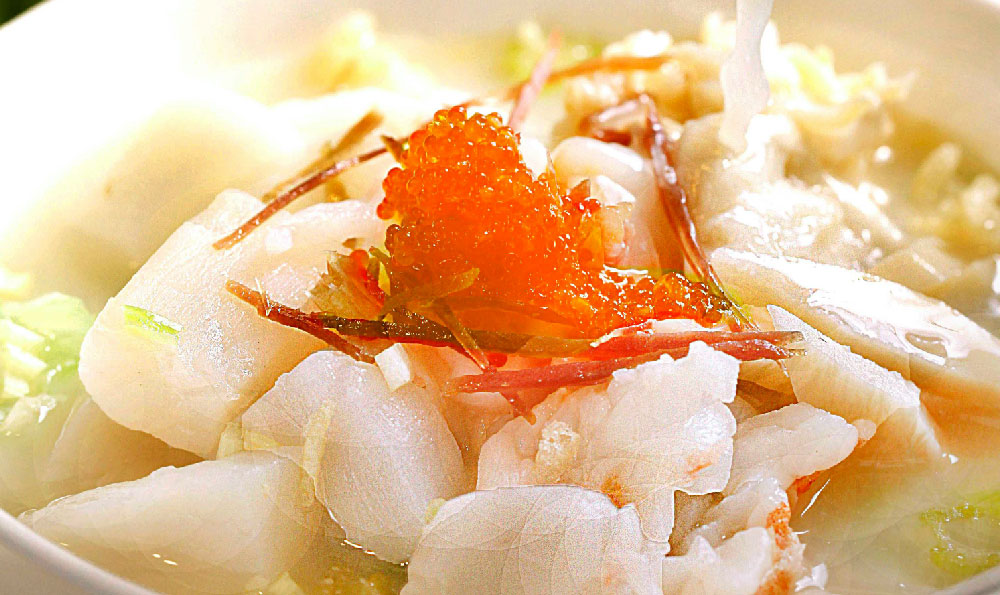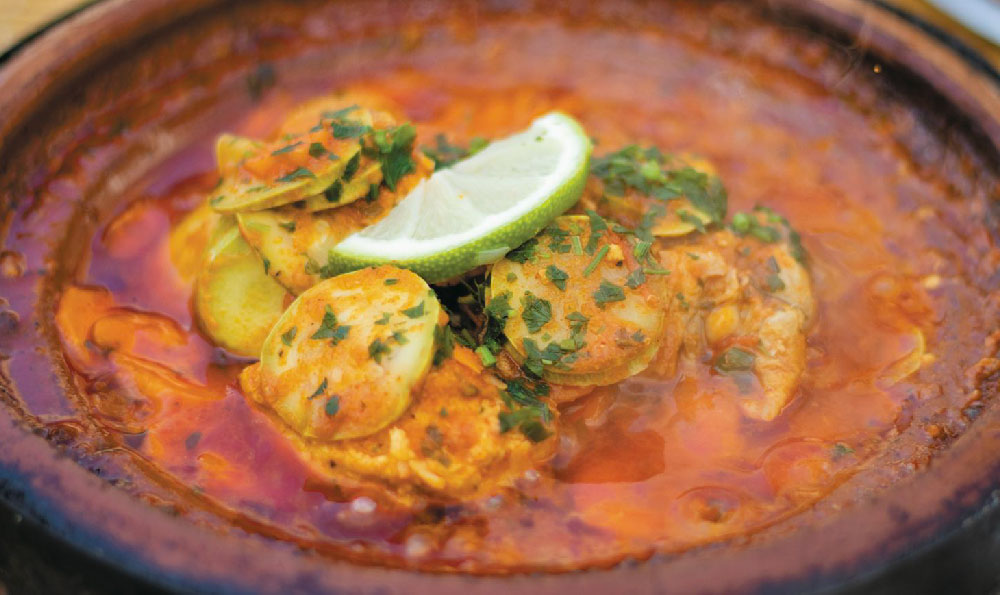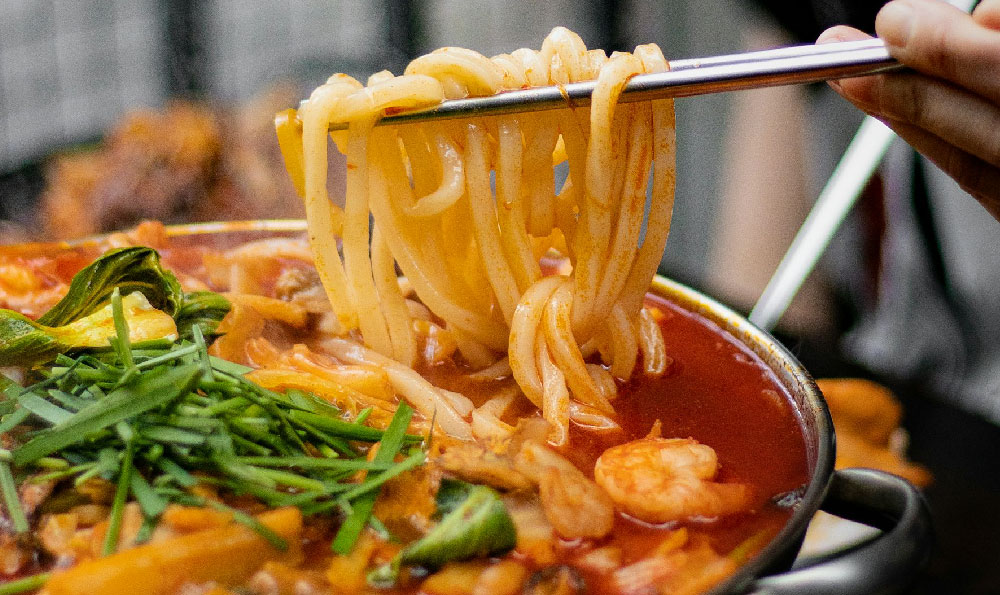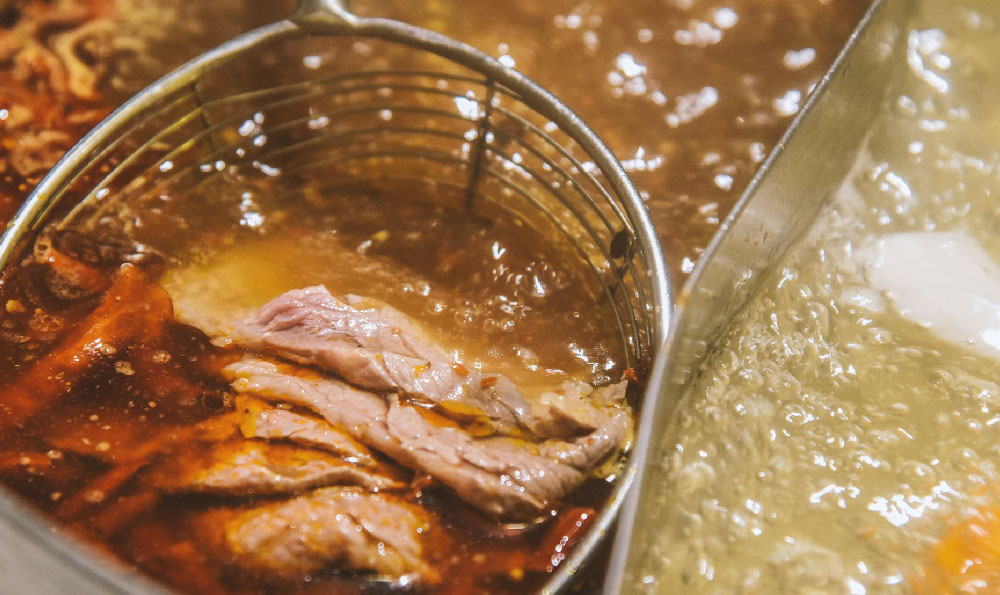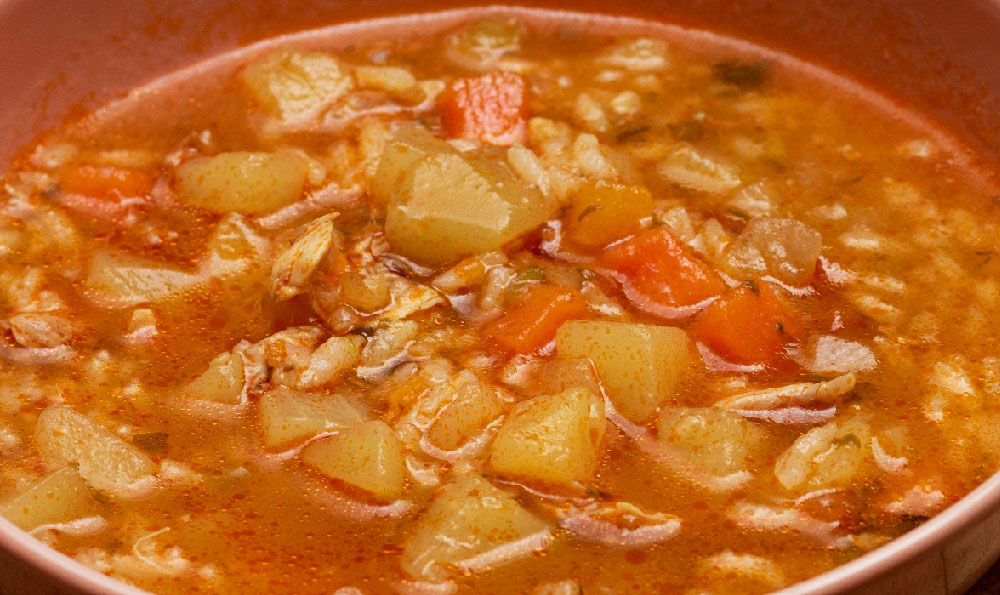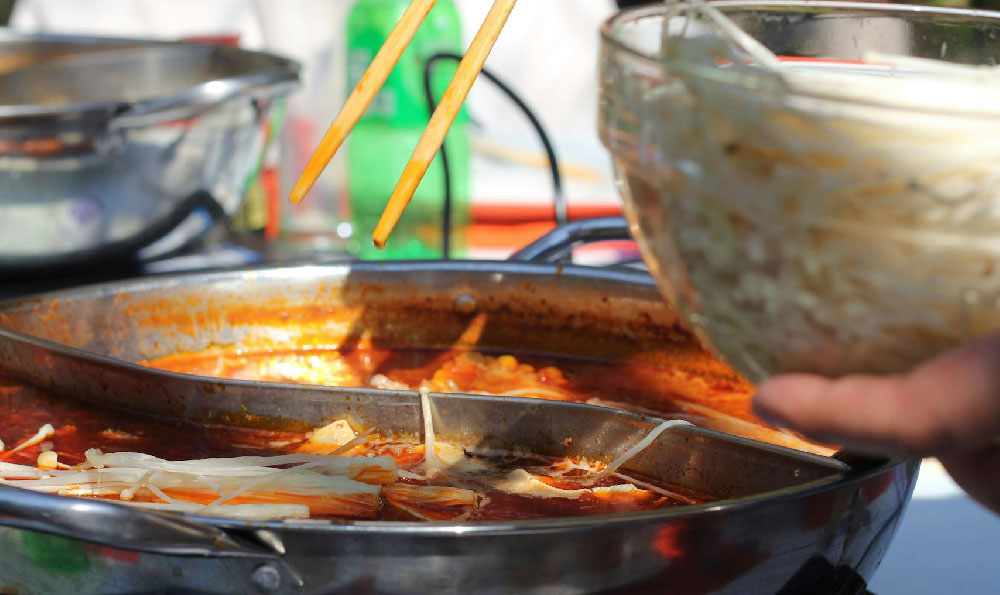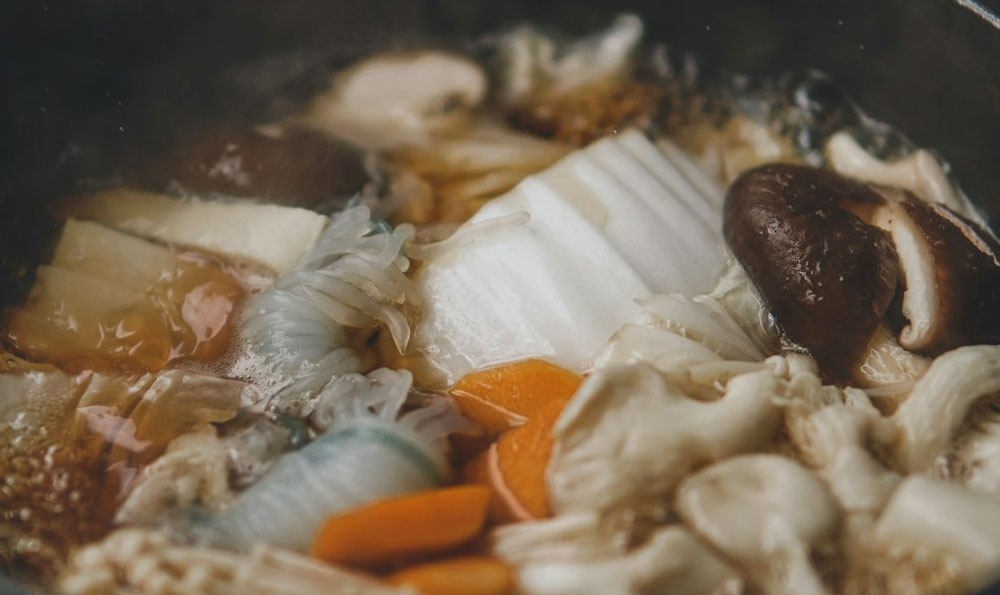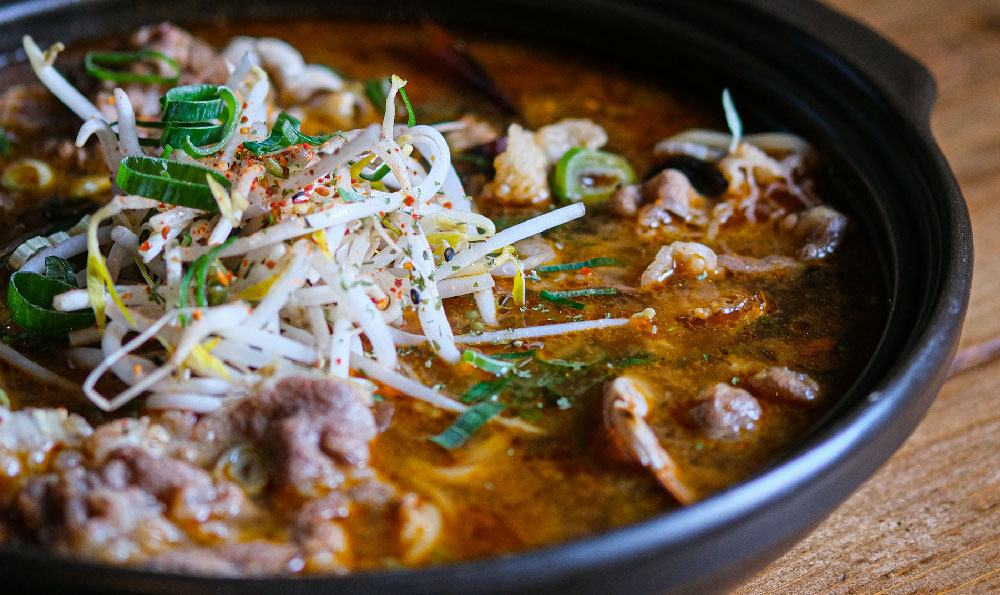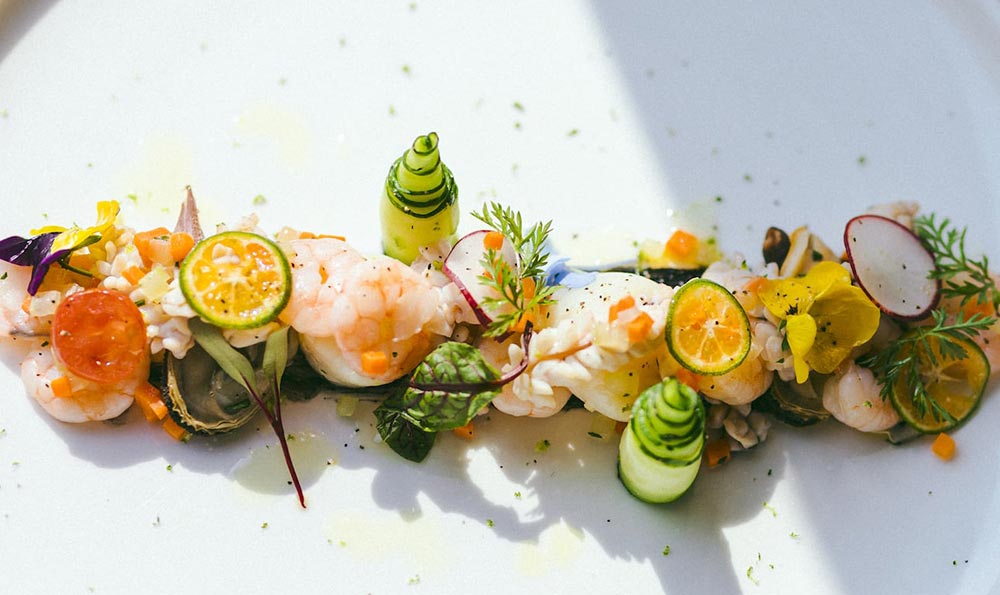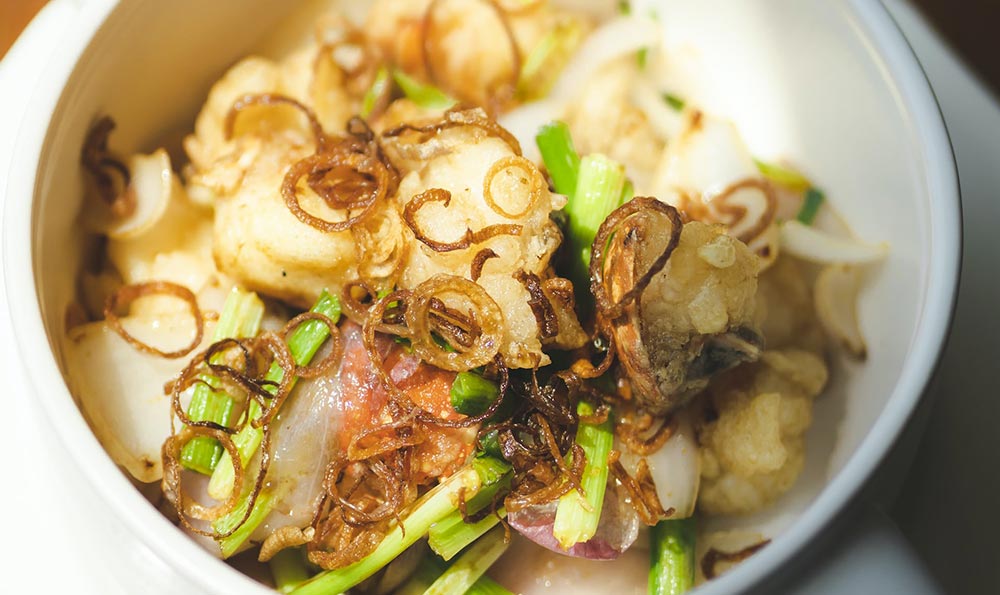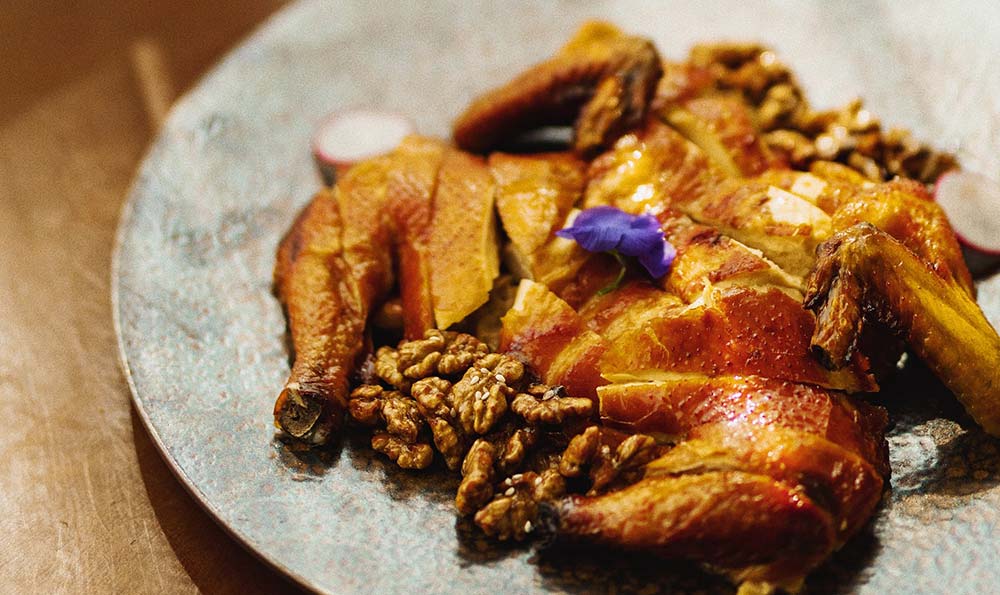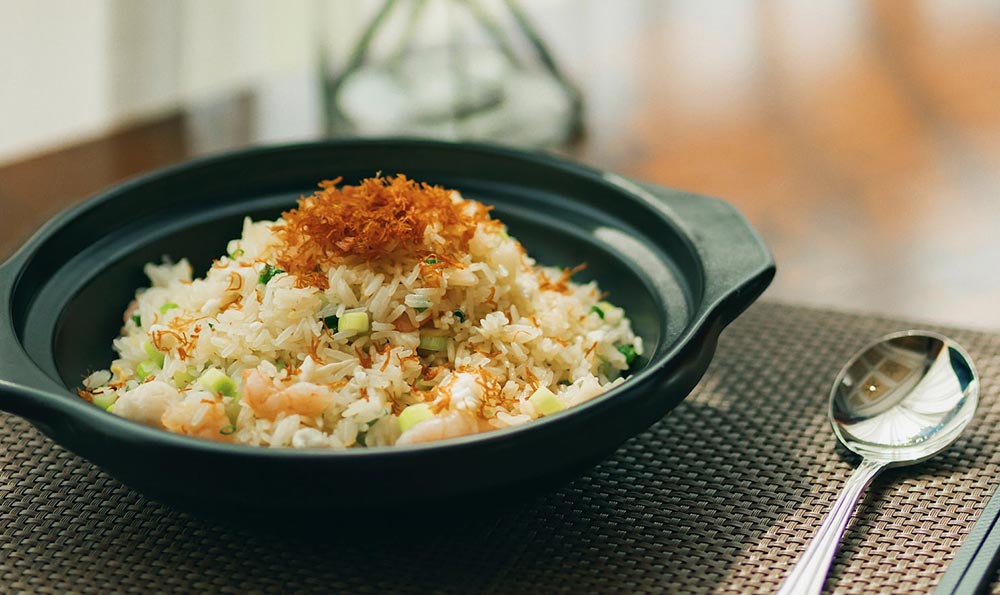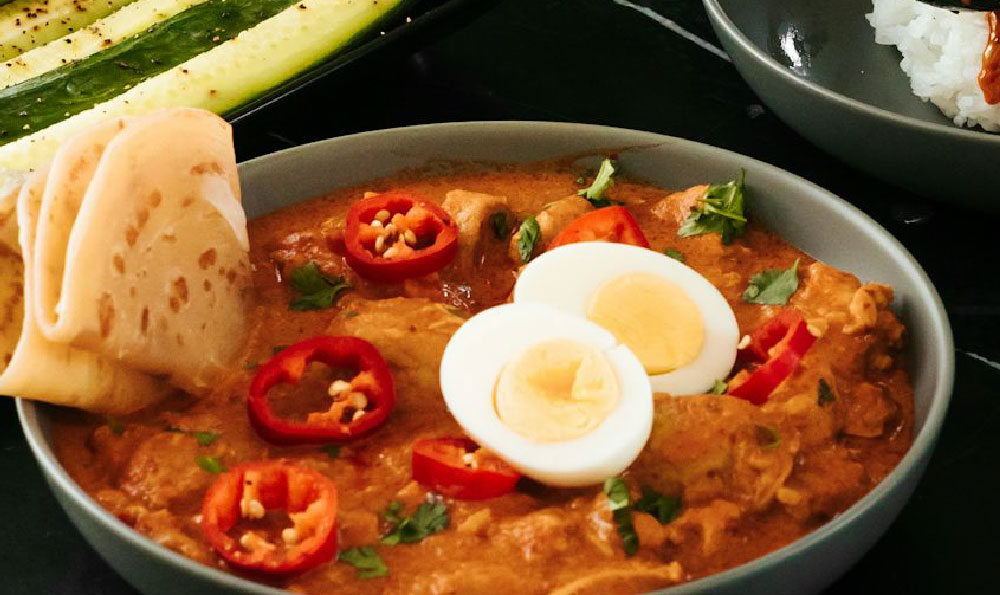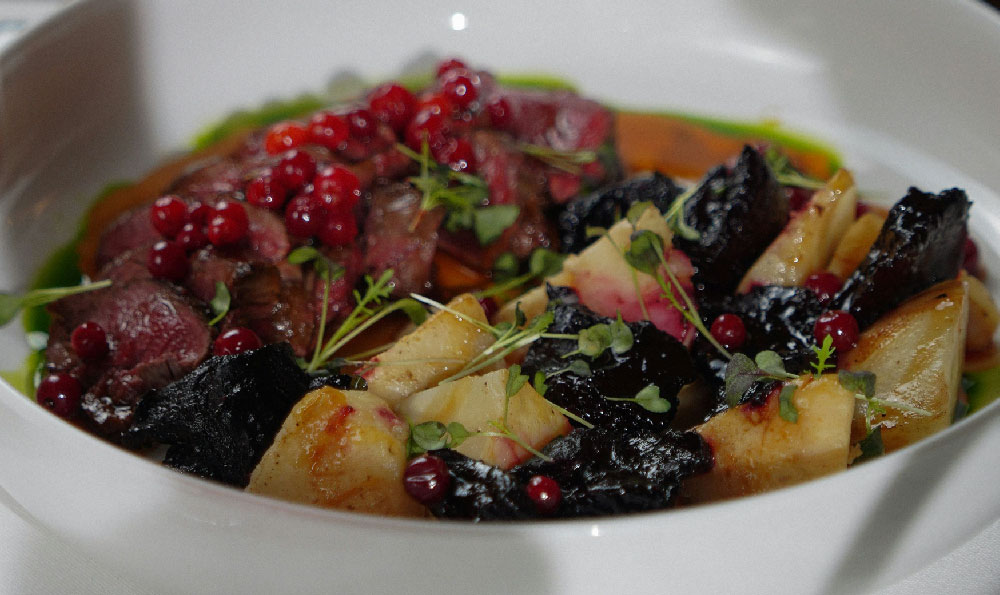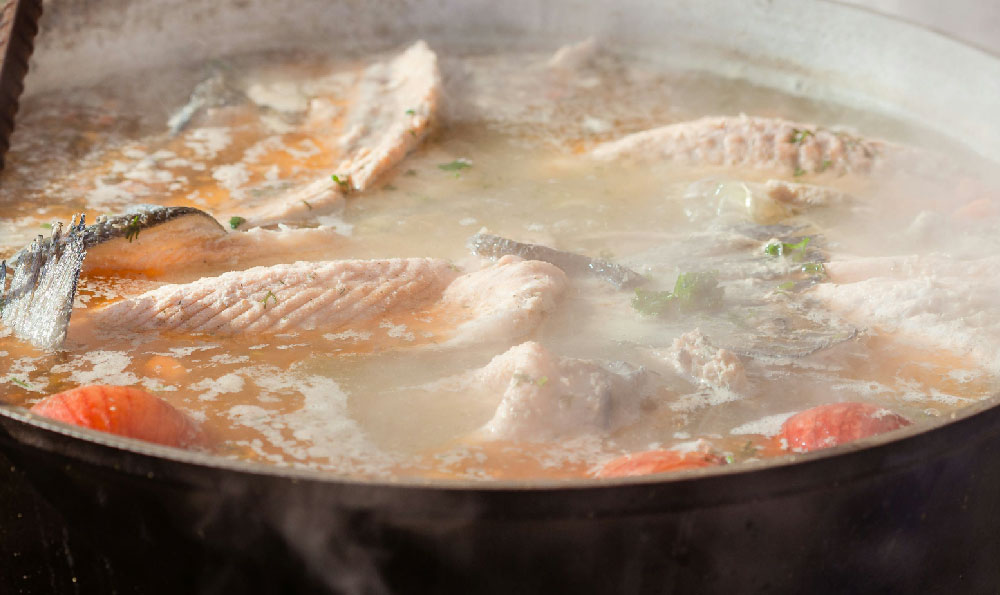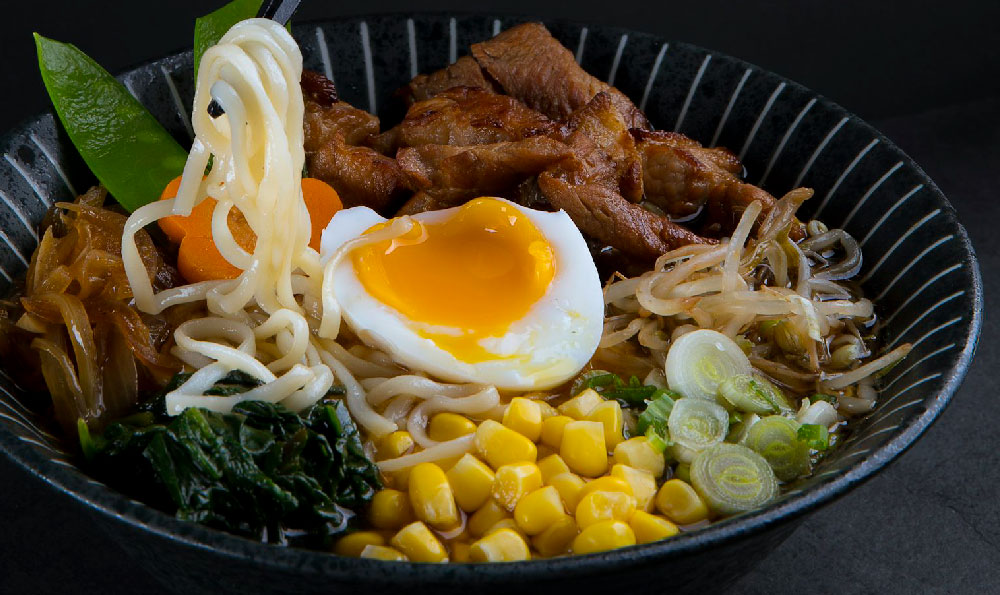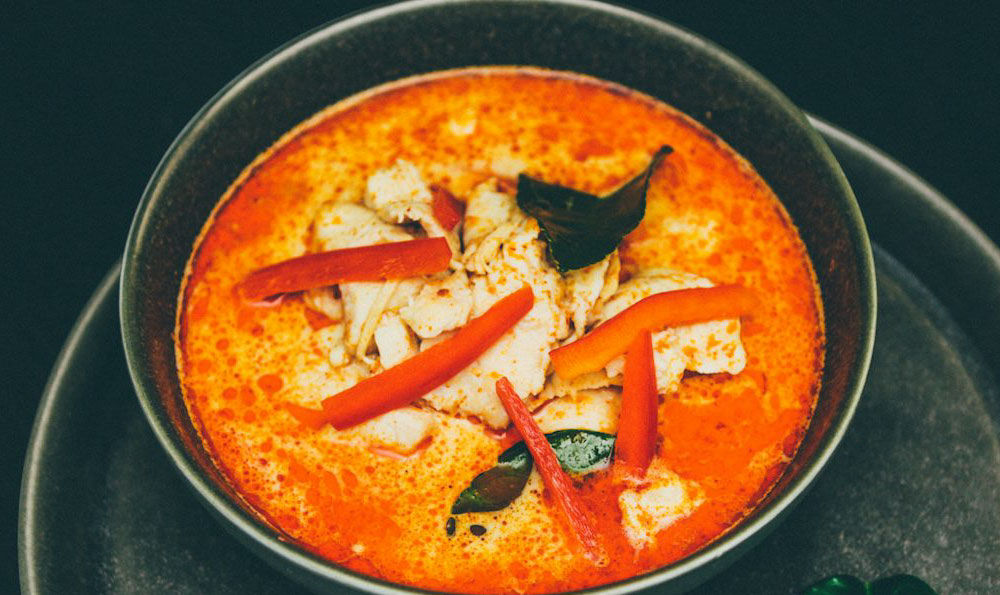
麻辣烫作为一道火爆的小吃,以其麻辣鲜香的口感深受消费者喜爱。在快速餐饮行业中,麻辣烫上菜出错的情况时有发生。本文将深入探讨麻辣烫上菜出错的原因,并提出改进建议,以期提升行业服务水平。
1.食材质量不佳导致上菜出错:
在麻辣烫制作过程中,食材的质量直接影响到上菜的口感和质量。一些餐饮店为了降低成本,选用了质量低劣的食材。如遇到未洗净、变质的食材,必然会影响烫出的菜品口感,甚至对顾客的健康构成威胁。
2.调味不得当导致上菜出错:
麻辣烫的调味是其独特之处,但有些餐饮店在调味时存在问题。过多或过少的辣椒粉、花椒等调料都会导致菜品口感不佳,无法达到正宗的麻辣烫风味。调味不得当还可能造成口感过于油腻、过于咸或过于麻辣等问题。
3.操作不规范导致上菜出错:
在麻辣烫的制作过程中,操作人员的水平和经验也直接关系到上菜质量。一些餐饮店未对操作人员进行严格培训,导致操作不规范,如温度掌握不准确、火候不足等。这些操作失误都会导致上菜出错,影响整体口感。
4.卫生问题导致上菜出错:
卫生问题是餐饮行业永恒的难题。在麻辣烫制作过程中,如果操作人员疏于卫生,如未进行手部消毒、使用脏乱的炒勺等,就有可能导致上菜出错。这不仅会对顾客的卫生安全造成威胁,也会对餐饮店的信誉产生负面影响。
5.服务流程不畅导致上菜出错:
麻辣烫作为快速餐饮,对服务流程的高效运作有着很高要求。如果服务流程不畅,如顾客大量等待、厨房与服务员协调不当等,就有可能导致上菜出错。顾客等待时间过长,即使菜品味道再好,也会影响整体体验。
6.菜品搭配不合理导致上菜出错:
麻辣烫中的配菜种类繁多,搭配的合理性直接关系到菜品口感和味道的综合性。一些餐饮店在菜品搭配上过于随意,不注重口感和口味的协调,导致上菜出错。比如将口感较粗糙的食材与柔嫩的食材混搭,会让菜品整体口感失衡。
7.营养搭配不科学导致上菜出错:
麻辣烫作为快速餐饮,也需要注重菜品的营养搭配。一些餐饮店在追求口感的同时忽视了菜品的营养平衡,如过度油腻、缺乏蔬菜搭配等。这样的菜品营养不均衡,不仅会影响顾客的健康,也会导致上菜出错。
8.缺乏品牌管理导致上菜出错:
餐饮行业的竞争日益激烈,品牌管理成为各个餐饮企业争相追求的目标。一些餐饮店缺乏品牌管理,导致麻辣烫上菜出错的问题频发。品牌管理包括菜品质量把控、服务流程规范等方面,都需要严格执行,以保证上菜质量的稳定性。
麻辣烫作为一道受欢迎的小吃,在上菜过程中可遇到各种问题。通过对食材质量、调味、操作、卫生、服务流程、菜品搭配、营养搭配和品牌管理等方面的深入分析,我们可以找到麻辣烫上菜出错背后的原因,并提出相应的解决方案。只有不断提升行业服务水平,才能使麻辣烫行业蓬勃发展,为顾客提供更好的餐饮体验。
麻辣烫上菜很快
麻辣烫是一种受欢迎的中式快餐,因其辛辣的口味和快速上菜而备受喜爱。这种餐饮业在过去几年里得到了迅猛发展,成为了人们日常生活中不可或缺的一部分。麻辣烫上菜很快,这一特点成为了其成功的关键因素之一。
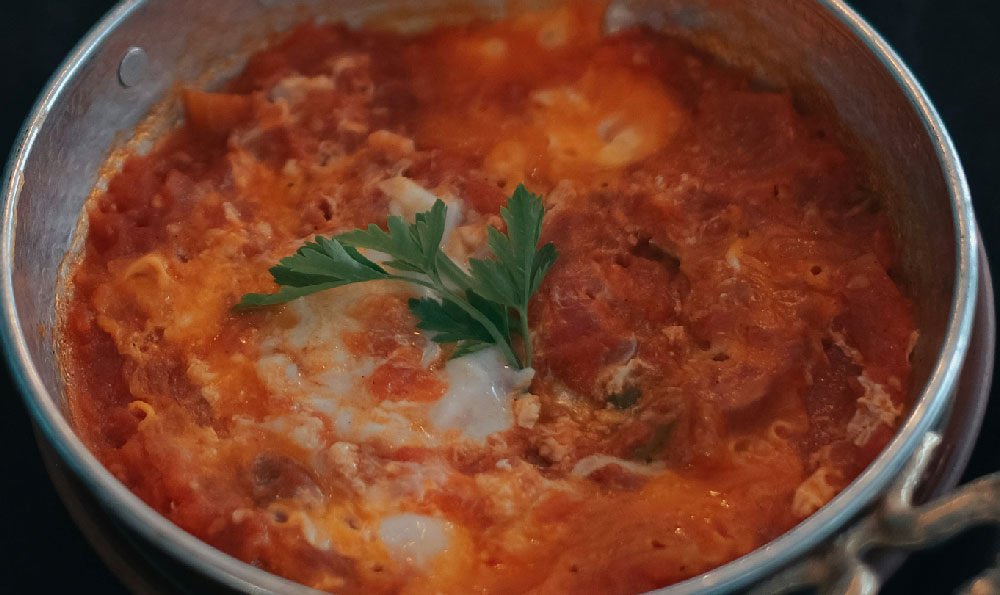
麻辣烫店的工作流程非常高效。在这种快餐店里,顾客可以选择自己喜欢的配料,然后交给专业的厨师进行处理。由于配料的种类繁多,麻辣烫店通常会采用分工合作的方式,将工作任务合理地分配给不同的员工。这样一来,每个员工都可以专注于自己的工作,从而提高了工作效率。麻辣烫的配料一般都是经过预处理的,可以快速煮熟,减少了上菜的时间。
麻辣烫店的设备也是非常先进的。为了提高工作效率,很多麻辣烫店都引进了先进的煮热设备。这些设备可以快速加热水,提供足够的热力来煮熟配料。这些设备还具有保温功能,可以保持热水的温度稳定,以便在需要时迅速上菜。这些先进的设备极大地提高了餐厅的生产力和工作效率。
麻辣烫店还提供了自助服务。顾客可以根据自己的口味和喜好选择配料,并将其放入麻辣烫锅中煮熟。这种自助服务不仅节省了服务人员的时间,也增加了顾客的参与感和满意度。顾客可以亲自动手,调配出自己喜欢的口味,享受到独特的餐饮体验。
麻辣烫店还注重员工的培训和团队合作。在这种快节奏的工作环境中,员工之间的默契和协作非常重要。麻辣烫店通常会组织员工培训,提升他们的专业水平和服务意识。店内也会建立良好的团队氛围,促进员工之间的沟通和合作。这些措施有助于提高整个团队的工作效率,保证餐厅顺利运营。
麻辣烫店也注重顾客体验和反馈。他们会定期邀请顾客参与调研,了解顾客的需求和意见。根据顾客的反馈,麻辣烫店会进行产品和服务的改进,以提供更好的餐饮体验。顾客的满意度是麻辣烫店发展的重要保证,他们会不断努力提高服务质量,以吸引更多的顾客。
麻辣烫作为一种快餐,其上菜快的特点得到了广大消费者的认可。高效的工作流程,先进的设备,自助服务,员工培训和团队合作,以及顾客体验的重视,都是麻辣烫上菜快的关键因素。随着人们生活节奏的加快和消费需求的变化,麻辣烫业将会继续保持其快速上菜的优势,为广大消费者提供便捷、快速和美味的餐饮体验。
交出麻辣烫菜系: 辣味与鲜香的完美融合

麻辣烫作为一种流行的中国传统小吃,在近年来在国内外市场上受到越来越多消费者的喜爱。与其他菜系相比,麻辣烫以其独特的香辣口感和满足大众需求的多样化选择而脱颖而出。本文将围绕“交出麻辣烫菜系”这一主题,通过定义、分类、举例和比较等方法,系统地介绍与麻辣烫菜系相关的知识。
一、定义
麻辣烫,是一种源自中国地方特色小吃,以辣椒和花椒为主要调味料,搭配各种蔬菜、豆制品、肉类、海鲜等食材加热煮熟而成。它以麻、辣、鲜、香四大特点闻名,独特的风味使其在中国以及国际市场上都有一定的影响力。
二、分类
麻辣烫菜系可以根据辣度、食材和配料等多个方面进行分类。根据辣度,可以分为微辣、中辣、重辣等不同口味的麻辣烫;根据食材,可以分为素食、荤素搭配、海鲜等不同种类的麻辣烫;根据配料,可以分为烤串、豆制品、蔬菜等不同种类的麻辣烫。
举例:
举例来说,川味麻辣烫是以川菜辣椒麻辣的独特风格为基础,搭配牛油、豆瓣酱等调料,使其味道更为浓郁。湘味麻辣烫则以湖南菜的辣椒为主要调味料,调配多种香辛料,口感麻辣且十分鲜香。两种不同的麻辣烫菜系,风味各异,各具特色。
比较:
与其他菜系相比,麻辣烫菜系有着独特的优势和特点。麻辣烫作为一种流行的小吃,可以满足人们对于辣味的需求。麻辣烫菜系的多样化选择,使得消费者可以根据个人口味和喜好进行搭配。麻辣烫菜系在制作过程中,注重食材的新鲜和烹饪技巧的独到,使得其口感更为鲜美。
作为一种风靡全球的菜系,麻辣烫以其独特的香辣口感和多样化的选择深受消费者喜爱。从定义、分类、举例和比较等多个方面来看,“交出麻辣烫菜系”可以说是将辣味与鲜香完美融合的代表之一。无论是国内还是国际市场,麻辣烫菜系都有着广阔的发展空间和市场潜力。
Handover of the Spicy Hot Pot Cuisine: The Perfect Combination of Spice and Fragrance
Introduction:
As a popular traditional Chinese snack, spicy hot pot has gained increasing popularity among consumers in domestic and international markets in recent years. Compared to other cuisines, spicy hot pot stands out with its unique spicy and fragrant taste, as well as diverse choices that satisfy people's demands. This article focuses on the theme of "handover of the spicy hot pot cuisine" and systematically introduces the relevant knowledge through methods such as definition, classification, examples, and comparisons.
Main Body:
I. Definition:
Spicy hot pot is a traditional Chinese snack originated from specific regions. It is cooked with the main seasoning of chili and Sichuan peppercorn, combined with various vegetables, tofu, meat, seafood, and other ingredients. It is famous for its four characteristics: spicy, numbing, fragrant, and delicious taste, which give it a unique flavor in both the Chinese and international markets.
II. Classification:
The spicy hot pot cuisine can be classified based on spiciness, ingredients, and condiments. Based on the spiciness level, it can be divided into mild, medium, and heavy spicy hot pots. Based on the ingredients, it can be categorized into vegetarian, mixed vegetarian and meat dishes, seafood, etc. Based on the condiments, it includes skewers, tofu products, vegetables, and other types of spicy hot pots.
III. Examples:
For example, Sichuan-style spicy hot pot is based on the unique spiciness of Sichuan cuisine, combined with butter, doubanjiang, and other seasonings to enhance the flavor. Hunan-style spicy hot pot mainly focuses on Hunan cuisine's chili peppers, mixed with various spices, which provides a spicy, numbing, and fragrant taste. These two different spicy hot pot cuisines have different flavors and distinctive characteristics.
IV. Comparison:
Compared with other cuisines, the spicy hot pot cuisine has unique advantages and characteristics. Firstly, spicy hot pot, as a popular snack, satisfies people's cravings for spicy taste. Secondly, the diversity of choices in the spicy hot pot cuisine allows consumers to mix and match according to their personal preferences. Additionally, in the process of making spicy hot pot, it emphasizes the freshness of ingredients and unique cooking techniques, resulting in a more delicious taste.
Conclusion:
As a globally popular cuisine, spicy hot pot is deeply loved by consumers for its unique spicy and fragrant taste as well as its diverse choices. From the perspectives of definition, classification, examples, and comparisons, the "handover of the spicy hot pot cuisine" can be considered as one of the representatives that perfectly combines spiciness and fragrance. Whether in the domestic or international market, the spicy hot pot cuisine has broad development prospects and market potential.


